Understand
Hoi An, previously known as Faifo, has a rich history dating back over 2,000 years. It was once the main port of the ancient Cham Kingdom, controlling the lucrative spice trade with Indonesia. In the 16th and 17th centuries, Hoi An became a bustling international port, leaving behind a lasting legacy of foreign influences that can still be seen today. The culture and heritage of Hoi An are deeply rooted in the Cham people, whose kingdom spanned from Hue to Phan Thiet. The Cham civilization, believed to have originated from Java, left a lasting impact on Hoi An. Their political capital was Tra Kieu, the commercial capital was Hoi An, and the spiritual capital was My Son, a Hindu sanctuary. Hoi An also experienced significant influence from Chinese traders and the Ming Dynasty armies, who sought refuge in the city before eventually establishing Saigon as a major trading port. The third major cultural influence came from the Vietnamese, after the Cham lost control of the area. However, for those seeking an authentic Vietnamese cultural experience, Hue is a more suitable destination. While Hoi An's serious shipping business has moved to Da Nang, the heart of the city lies in its Old Town. Wandering through its winding lanes and charming Chinese-styled shophouses is especially enchanting during the evening sunset. Unlike many other cities in Vietnam, Hoi An has managed to preserve its architectural heritage, with only gradual and careful renovations taking place. No towering concrete buildings or noisy karaoke parlors can be found here. Unfortunately, the culture and heritage that UNESCO World Heritage Site status aimed to preserve in Hoi An Ancient Town seem to have vanished. Since being awarded this prestigious status in 1999, tourism has boomed, leading to the sale of many traditional houses to speculators and shop owners. The original community and its unique culture have been replaced by countless identical shops, restaurants, and art galleries. Hoi An is now flooded with tailor shops, numbering in the hundreds. Hoi An also holds UNESCO Biosphere Reserve status, but the management of the site seems to have neglected this designation, much like many other UNESCO sites. Nevertheless, the main thoroughfare in the Old Town, Tran Phu, remains the heart of the city. Just south of the Old Town, across the Thu Bon River, lie the islands of An Hoi and Cam Nam, offering further exploration opportunities. Aside from its rich history, Hoi An is renowned for its clothing and shoe industry, with over 600 shops catering to the needs of a limited pool of tourists. Venturing beyond the old town's boundaries, one can witness open-fronted workshops operating day and night, where skilled artisans craft beautiful garments.
Map & Climate
Popular Foods
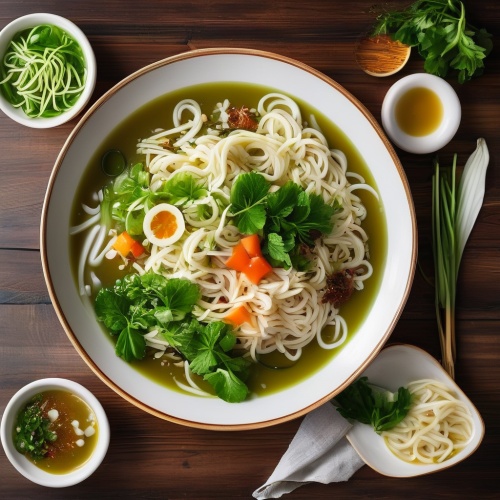 Phở - Phở is a popular Vietnamese soup consisting of broth, rice noodles, herbs, and meat, typically either beef or chicken. The broth is often made from simmering bones and vegetables, resulting in a rich, savory flavor. Phở is commonly served with side dishes such as lime wedges, bean sprouts, and chili sauces.
Phở - Phở is a popular Vietnamese soup consisting of broth, rice noodles, herbs, and meat, typically either beef or chicken. The broth is often made from simmering bones and vegetables, resulting in a rich, savory flavor. Phở is commonly served with side dishes such as lime wedges, bean sprouts, and chili sauces. Bánh mì - Bánh mì is a Vietnamese sandwich that typically includes a combination of meats, such as pork, ham, and/or chicken, pickled vegetables, and chilies, all served on a crusty baguette. It's a fusion of French and Vietnamese cuisine, reflecting Vietnam's colonial past.
Bánh mì - Bánh mì is a Vietnamese sandwich that typically includes a combination of meats, such as pork, ham, and/or chicken, pickled vegetables, and chilies, all served on a crusty baguette. It's a fusion of French and Vietnamese cuisine, reflecting Vietnam's colonial past. Gà nuòng - Gà nuòng, also known as grilled chicken, is marinated in a mixture of ginger, garlic, fish sauce, sugar, and other seasonings before being cooked over charcoal. The result is a flavorful, tender chicken dish with slightly caramelized edges. It is commonly enjoyed at casual eateries and street food stalls across Vietnam.
Gà nuòng - Gà nuòng, also known as grilled chicken, is marinated in a mixture of ginger, garlic, fish sauce, sugar, and other seasonings before being cooked over charcoal. The result is a flavorful, tender chicken dish with slightly caramelized edges. It is commonly enjoyed at casual eateries and street food stalls across Vietnam.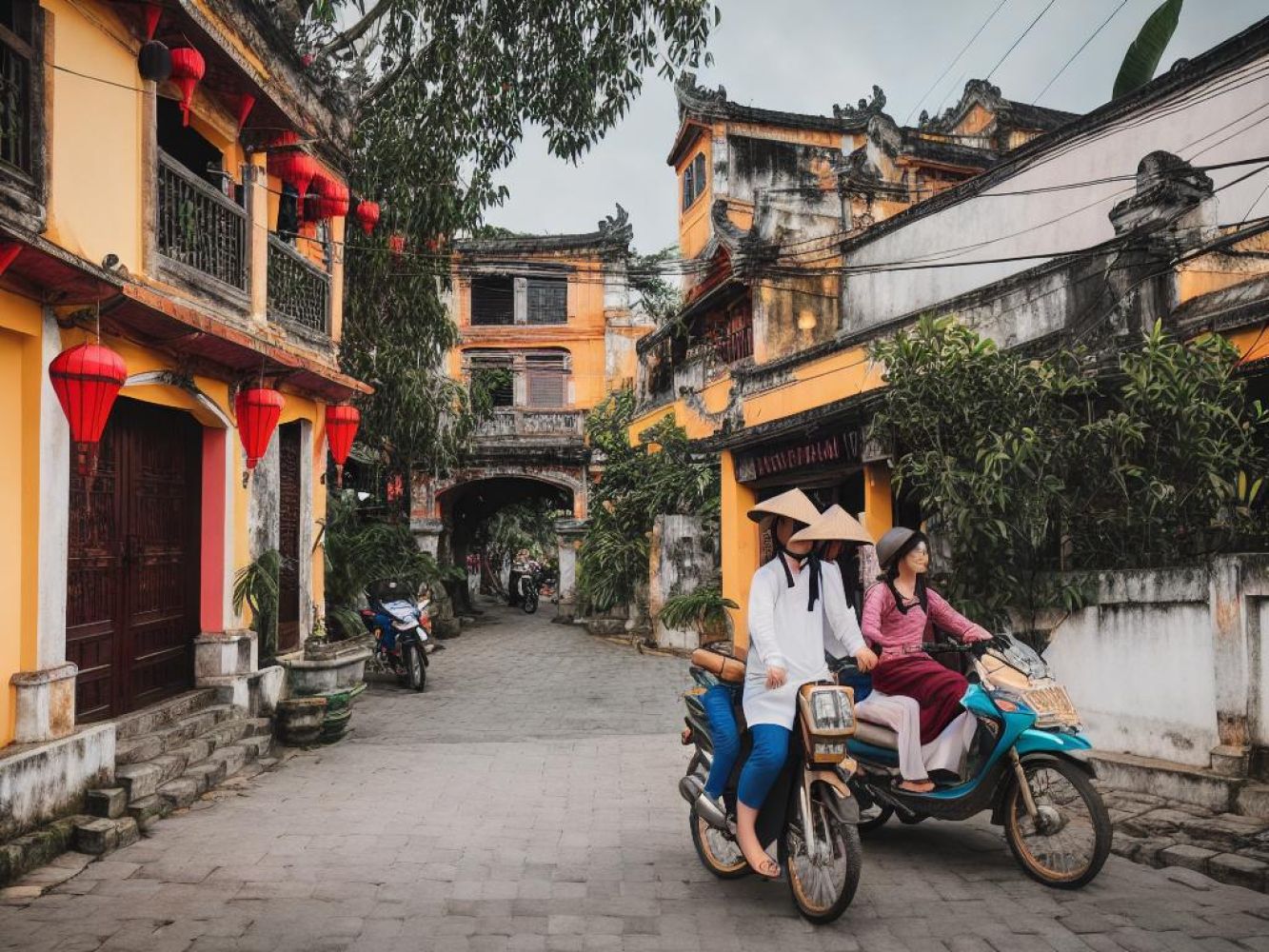
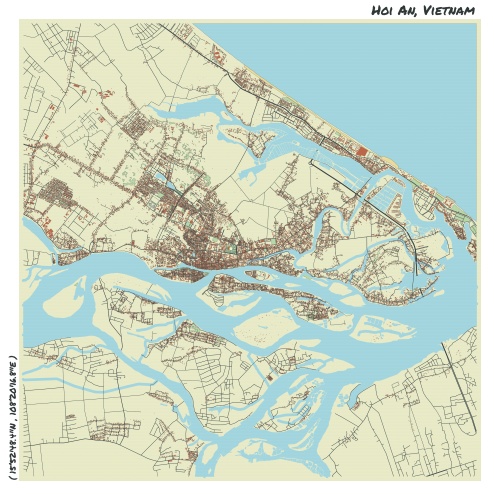

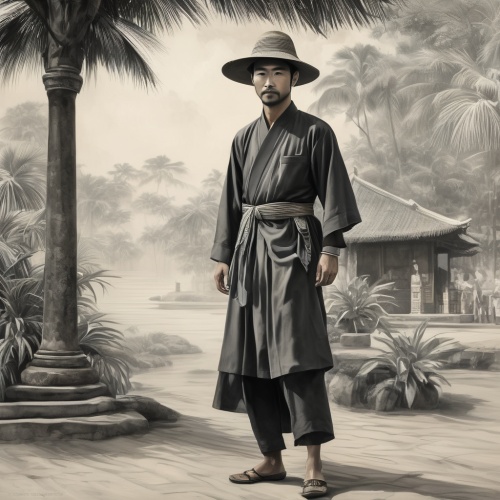
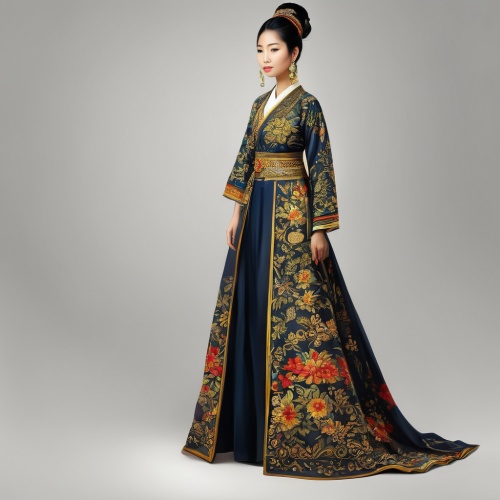
Comments
NO COMMENTS